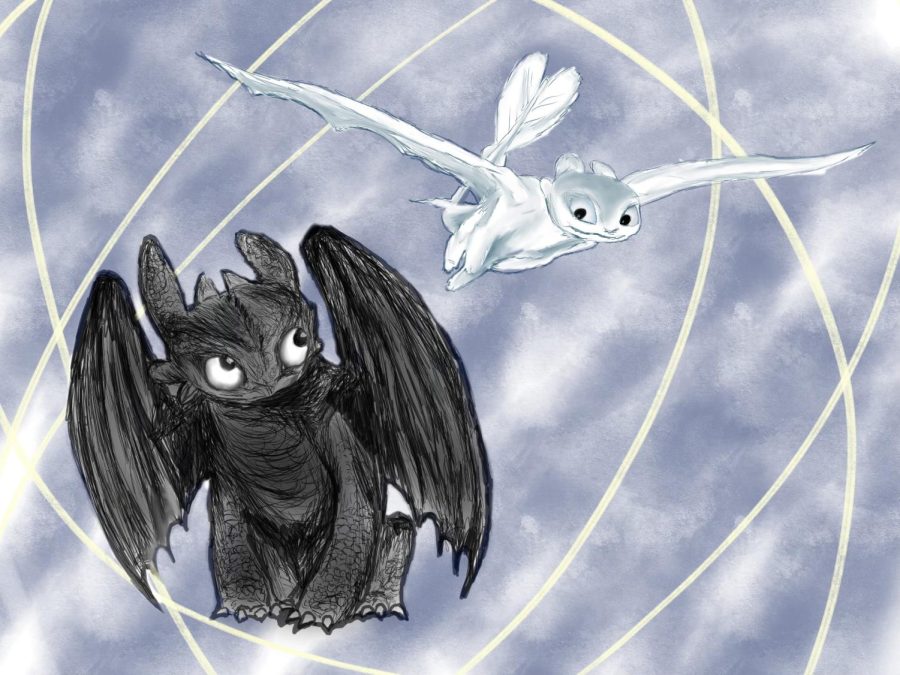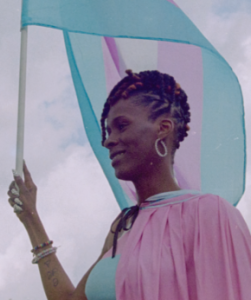How to Train Your Dragon: The Hidden World: A Satisfying End to Dreamwork’s Best Franchise
4.5/5 Falcons
June 6, 2022
Few franchises meet the sense of wonder that the How to Train Your Dragon franchise provides. Beautiful animations and an incredible score by John Powell elevate the third installment to soaring heights, while the theme of maturing in a changing world tests the idea of what it means to be a leader. One year after the events in How to Train Your Dragon 2, Hiccup (Jay Baruchel) has become Chief, maturing from his youth in which he was free from responsibility. He must now navigate the complex issue of integrating an ever-growing dragon population with humans.
Toothless is now leader of the dragons. He faces challenges of balancing his new romantic life, his responsibility as leader, and of course, his friendship with Hiccup. His character development perfectly balances maturity with the puppy-like cuteness that we all know and adore.
The plot moves fast, almost too quickly between plot points. This affects some major plot points, prohibiting a natural progression of character development.
Hiccup and Toothless are separated for most of the runtime, because of Grimmel (F. Murray Abraham), a formidable antagonist with equal wits and brutality. He is responsible for the extinction of the Night-Fury species and sets his sights squarely on the main duo. This separation between Hiccup and Toothless brings to light the theme of needing to stand on your own. While the duo had been inseparable throughout the first movie, they both now have their own responsibilities, forcing their paths to branch. Hiccup learns to rely on his friends and family with those like Astrid (America Ferrera) supporting him as Toothless chases after a newly introduced dragon, a Light-Fury.
As Grimmel says, “You wish dragons to live free among us like equals. A toxic notion … History has shown we are the superior species.” Hiccup’s goal is to have a world where dragons and people live together, but with each villain, he must consider whether the world is ready for dragons. Should they be among humans at all? As chief, people look to Hiccup to decide.
The plot, at its strongest, leaves the characters with an impossible decision to make and challenges viewers to empathize and come to a decision themselves. There are two possible outcomes. The first results in the dragons being in danger forever simply due to a teenager’s naïve ideals. The second suggests the idea that humans cannot change for the better. This dilemma and execution by Deblois, the director, was near perfect, creating an enjoyable dilemma for viewers to ponder. However, the ending, in which Hiccup makes his decision, falls short in logic and betrays some of the hopeful ideals that the series has preached. This could be seen as a purposeful decision for the story; in leadership, there is often no correct choice nor one that is completely sound with logic, but one must be made in the end. While the ending is not all that I hoped for, the ability to juggle complex themes and ideas with emotional power shows why the franchise is among the best in animation.
This piece also appears in our May 2022 print edition.









